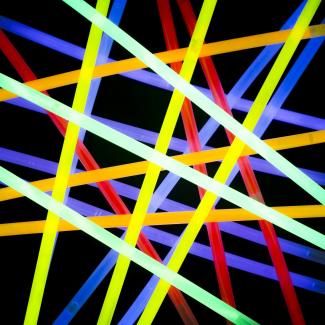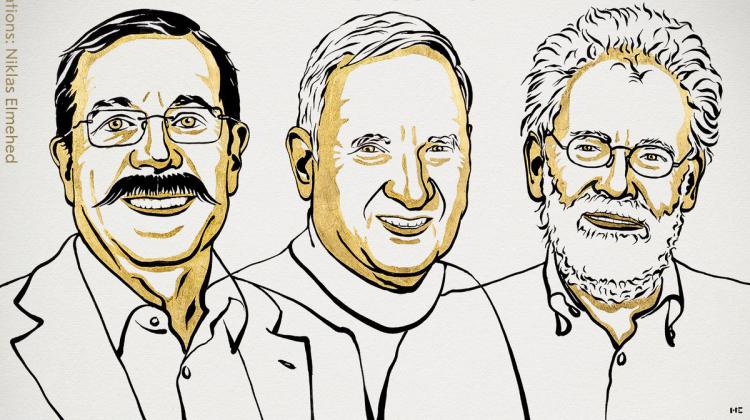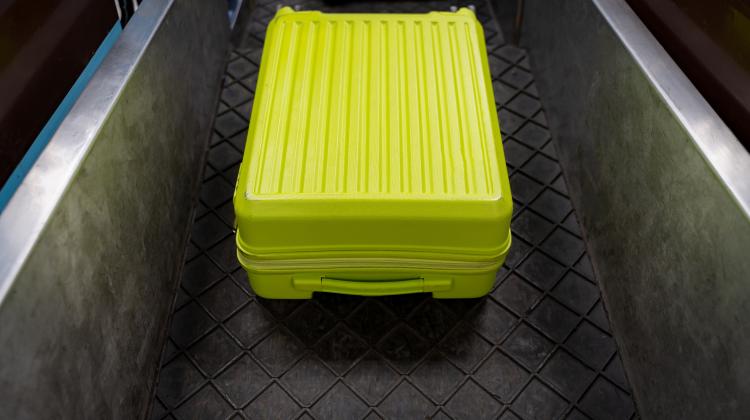The term 'optical tweezers' names a method in which laser light is used to grab and manipulate small particles/molecules. The tweezers rely on radiation pressure. Focused laser acts on small particles in a liquid or in air (cells, red blood cells, bacteria, viruses, molecules), and is able to move them along the ray. Moreover, if the refractive index of the particle material is greater than the refractive index of the surrounding medium, a force is generated (the order of magnitude of 1012 N) perpendicular to the laser beam and attracting the particle towards the center of the beam where the intensity of light is the greatest. In the optical tweezers, laser beam is focused through a high numerical aperture objective lens of the microscope. The net force perpendicular to the focused rays is directed opposite to the net force parallel to the rays. The figure shows how Fa i Fb forces exerted by two rays, a and b, stop a spherical particle and hold it in a limited space as if in a trap [A. Ashkin, Biophysical Journal, 61, 570 (1992).]
Optical tweezers technology, advanced and improved in the 1970s through 1990s, has been used in biophysics, biology, and medicine to manipulate single cells or their internal organelles as well as viruses, bacteria, and molecules, e.g. DNA molecules. Its significance in the study of mechanisms of biological processes is hard to overestimate.
The physicists Gérard Mourou and Donna Strickland made a breakthrough in high-intensity, ultra-short optical pulse generation. At the bottom of it is a novel method of laser light processing that they had developed back in the mid 1980s and called the Chirped Pulse Amplification (CPA). The method involves a number of stages. First, an ultra-short light pulse is stretched in time by a few orders of magnitude while, at the same time, its peak power decreases. (Special gratings are used for the stretching in time. The pulse is stretched so that the high-frequency component of the pulse lags behind the low-frequency component, which results in the pulse lasting 1000 to 100 000 times longer than before). Next, the pulse is amplified yet, thanks to its low peak power, without damaging the gain medium. Finally, it is compressed (again, with diffraction gratings) to its original length, which is accompanied with a spike in the peak power.
The technique makes it possible to generate petawatt (1015 W), attosecond (1018 s), high energy (beyond a joule), 10 Hz repetition frequency pulses. The CPA method removed the obstacles that had prohibited amplification of ultra-short pulses beyond milijoules. For such pulses (of the intensity of 109 W/cm2) caused damage to the gain medium due to nonlinear phenomena such as self-focusing. What gives significance to the two Noble Prize winners' invention are practical applications of ultra-short high-intensity laser pulses, industrial and medical, e.g. precision processing of materials including biological materials (e.g. eye surgery). Another example is taking images of split-second physical and technological processes that occur at the molecular and atomic level. It is also significant that CPA facilitates miniaturization of high-power lasers.





